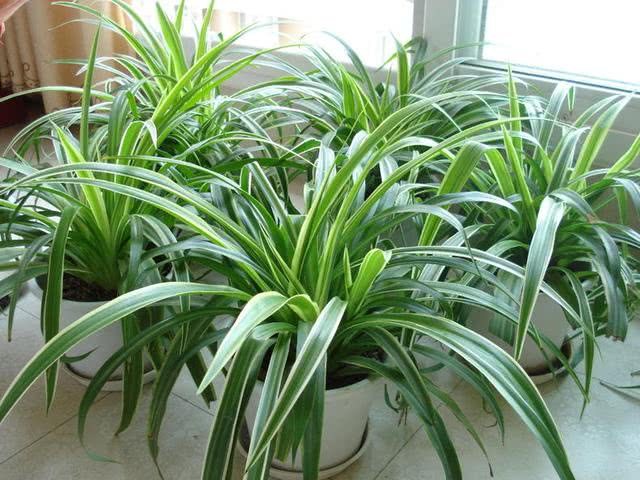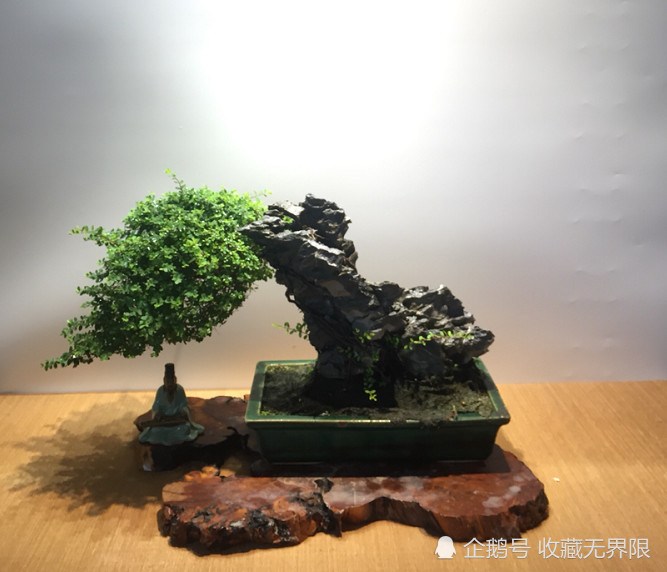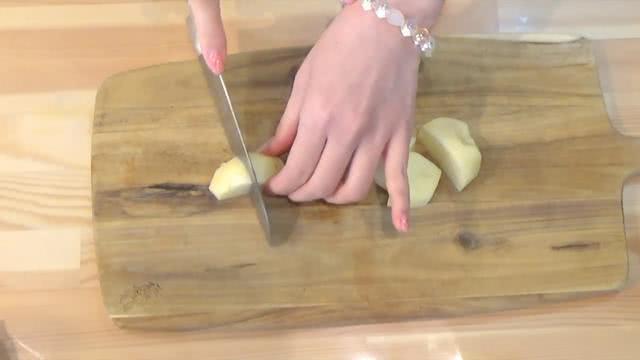Just remember these are some of the things you need to know about the family.

Cymbidium is one of the common hanging plants in modern families. The hanging orchid branches are evergreen and beautiful and elegant all the year round. The branches under the leaves protrude the flower stems. There is a small orchid with air root at the top. The white and slender flowers are not only beautiful but also absorb indoor harmful gases and play a role in purifying the air.
Hanging orchids like a warm, humid, semi-overcast environment. Afraid of strong light, drought-resistant and cold-resistant. In terms of soil, the requirement of hanging orchid on soil is not high. You can choose black humus in woods, mountains and ditches. This soil is loose and fertile, has good permeability and drainage, and has slightly sour properties. When you put it into the basin, you can add humus soil and river sand at the ratio of 4:4:2. Base fertilizer should be added at the bottom of the basin, but it should be noted that the root should not be in contact with the base fertilizer and should be separated by soil.
Cymbidium likes to grow in a warm and humid environment, afraid of dampness and waterlogging. The root is relatively developed, some parts become spindle-shaped meat thick, large water storage, have a strong drought resistance. In the process of maintenance, the amount of watering can be controlled according to the season and plant growth. To ensure that the basin soil is slightly wet, not too dry, not too wet. Spray water on the leaf surface and around the basin if necessary. The amount of water should be reduced appropriately in winter.
In terms of lighting, hanging orchids should avoid direct sunlight in the four seasons. To be placed in a semi-overcast environment, excessive light will lead to withered and yellow leaf tips. The temperature suitable for the growth of Cymbidium is above 20 degrees. It must not be less than 5 degrees or higher than 30 degrees.
Hanging orchid likes fertilizer, so it is necessary to apply sufficient base fertilizer when cultivating and changing pots. When using fertilizer, I choose organic fertilizer. Pay attention to the fact that the root can not come into contact with the base fertilizer and should be separated by soil. Fertilizer is applied once a week during the growth and development of Cymbidium, and about once a month at other times. You can use organic fertilizer or retted rice water, soy bean water, etc. Not applying fertilizer for a long time can cause the leaves of Cymbidium to turn yellow. The amount of fertilizer should be controlled when fertilizing. Give little or no in winter.
Pruning, when changing pots every year, cut off the old roots, remove the old soil, remove the yellow leaves, and trim the flower stems to keep the leaves fresh. But the stems with small orchids that grow between some plants should not be removed. Can bring beauty and reproduction.
Reproduction and diseases and insect pests: we can use the method of split propagation, put the container with water under the small orchid growing on the flower stem to let the small orchid touch the water surface, and promote the root to be transplanted to the basin. For the first time, you can also use cuttings to cut off the leaves on the stem, then plant them, pour water and put them in a cool place.
In the prevention and control of diseases and insect pests, we should avoid excessive light and control the frequency and amount of watering. And rational use of fertilizer. It can also be diluted with carbendazim wettable powder. Insecticides can be used in the event of pests.
- Prev

The peculiar potted plant is an eye-opener, and the unique shape is the painstaking effort of the craftsman to take pictures to share with you.
Lingnan exquisite attached stone, natural quartz stone, beautiful branches and leaves, blossom and fruit, beautiful posture! Imperial wood root art stone bonsai [lobular sandalwood] [specification]: with basin height about 58CM floating 60CM root plate base about 20CM attached.
- Next

After eating 20 jin of curry at a time, the beautiful king of stomach thought curry was delicious for the first time.
Do you usually like to watch big stomach five to eat? I usually like to watch it, especially this beautiful woman's big stomach. And she can not only eat, but also very good-looking, really good-looking ah! And every time she eats food, she eats herself.
Related
- Wuhan Hospital Iron Tree Blooming Result Was Instantly Frightened by the Gardener Master
- Which variety of camellia is the most fragrant and best? Which one do you like best?
- What is the small blue coat, the breeding methods and matters needing attention of the succulent plant
- Dormancy time and maintenance management of succulent plants during dormancy
- Minas succulent how to raise, Minas succulent plant pictures
- What are the varieties of winter succulent plants
- How to raise succulent plants in twelve rolls? let's take a look at some experience of breeding twelve rolls.
- Attention should be paid to water control for succulent plants during dormant period (winter and summer)
- Watering experience of twelve rolls of succulent plants
- Techniques for fertilizing succulent plants. An article will let you know how to fertilize succulent plants.

